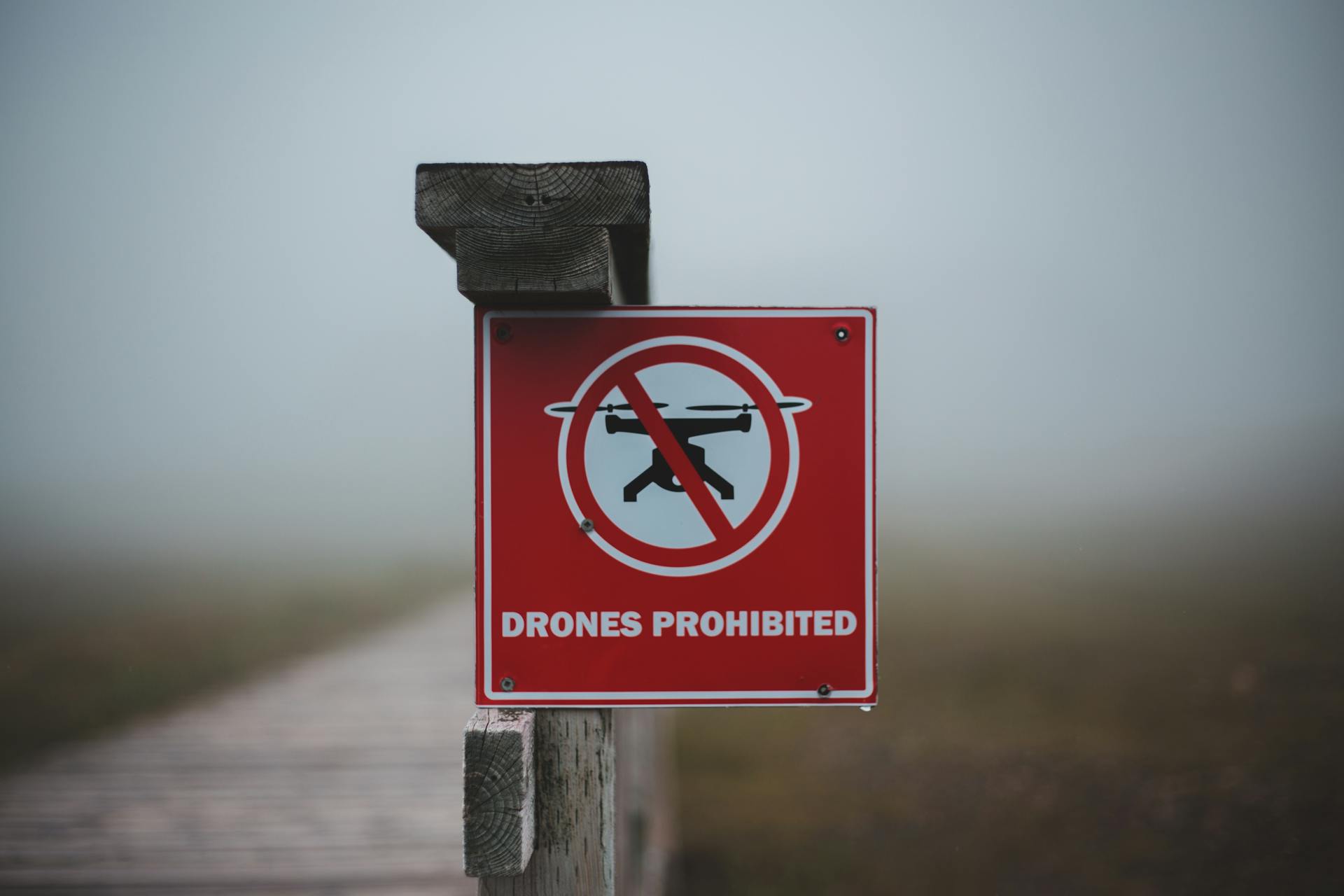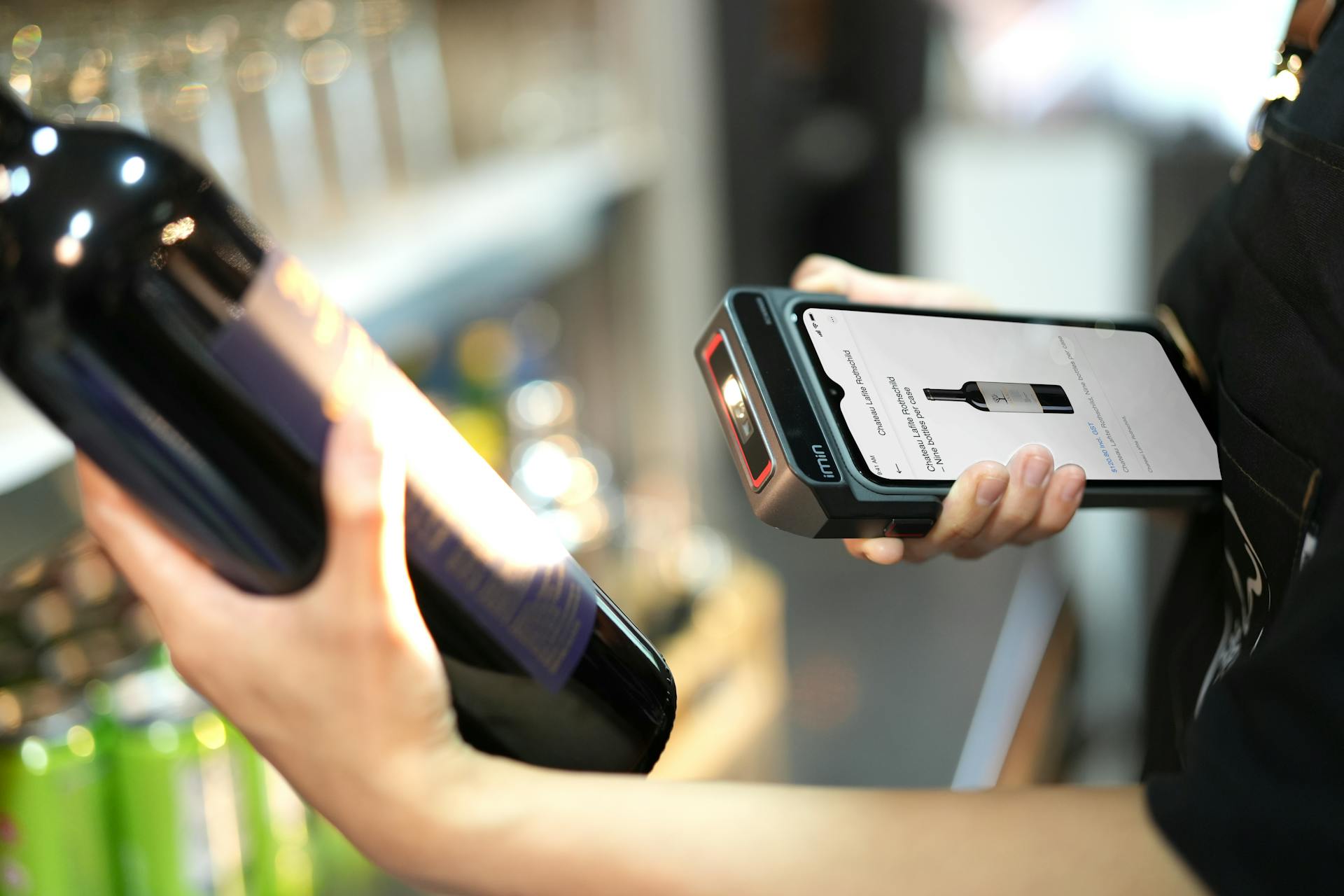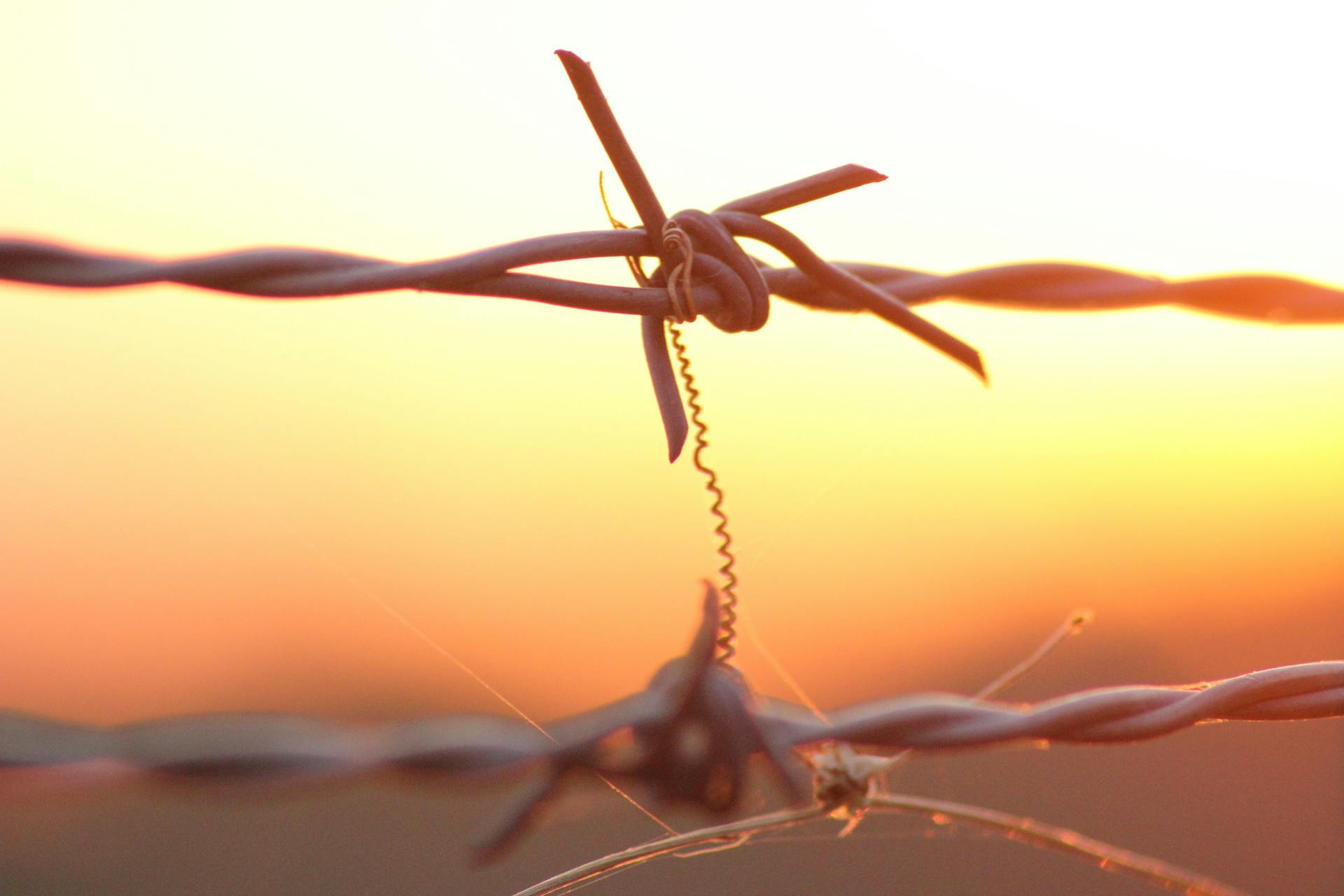
If you're planning a trip to Canada, you'll want to know what you can take across the border. One of the most important things to remember is that you're allowed to bring in a reasonable quantity of duty-free goods, which includes items like tobacco, liquor, and perfume.
Canada and the US have a list of restricted and prohibited items that you should be aware of. For example, you can't bring in certain types of firearms or explosives, and you'll need to declare any items over a certain value.
When traveling with food, it's best to check the Canadian Food Inspection Agency's website for a list of allowed and prohibited items. Fresh fruits and vegetables, for instance, may be subject to restrictions or even confiscation.
The border crossing process can be smooth and efficient if you're prepared. Make sure you have all necessary documents, such as your passport and customs forms, and be honest about what you're bringing across the border.
Border Crossing Essentials
To make your border crossing experience as smooth as possible, it's a good idea to use Advance Declaration to submit your customs and immigration declaration before flying into Canada.
This can save you a significant amount of time at the border, so it's worth looking into.
Document Your Belongings
If you're taking a lot with you, you should document your belongings heading down to the U.S. and returning to Canada by filling out the appropriate forms from both the U.S. and Canadian governments to avoid issues going down and coming back.
Itemize your jewellery and other valuables, so you can prove where and when they were purchased if asked.
Border officers may need more details about your belongings, so be prepared to provide that information.
Make sure you have all the necessary receipts and documents to prove the ownership of your belongings.
Canadian Snowbirds: U.S. Customs Allowances
Advance Declaration is a lifesaver when flying into Canada, allowing you to submit your customs and immigration declaration before you even arrive.
You must declare everything you have with you when you arrive at the border, so it's essential to know what you can and can't bring into the U.S.
Canadian snowbirds can bring certain items into the U.S., but it's a challenge to find specific, official guidelines due to the complexity of U.S. import and duty rules.
The U.S. has several government departments regulating these items, and the rules can change quickly, making it difficult to find accurate information.
Check the official U.S. government websites before you travel to ensure the rules haven't changed, and consider contacting the border crossing where you'll be entering in advance to ask about anything you're unsure about.
Failure to declare everything at the border can have serious and lifelong consequences, so it's crucial to be prepared.
Restricted and Prohibited Items
When traveling to Canada, it's essential to know what items are restricted or prohibited to avoid penalties, seizures, or prosecution.

Certain items are off-limits, including those that could pose a risk to public health, safety, or the environment.
Avoid bringing goods that could be considered hazardous, such as fireworks, flares, or other pyrotechnic devices.
Some items, like firearms, are strictly regulated and require special permits and licenses.
If you're unsure about what's allowed, it's always best to err on the side of caution and leave it behind.
Restricted Goods
Restricted Goods can be a real hassle, especially if you're not aware of what's allowed and what's not. Avoid possible penalties, seizures or prosecution for bringing certain items into Canada.
If you're planning to bring gifts for others, you should know that duties and taxes will apply. This can be a surprise, so it's a good idea to factor it in.
There are limits on the amount of alcohol and tobacco you can bring into Canada. For example, you might want to check how much liquor is considered a "reasonable quantity" to avoid any issues.
Some items are simply not allowed, but you might be able to bring them in for your own use. Just be aware of the rules and regulations surrounding these items.
Restricted and Prohibited Items
You can import up to 200 cigarettes and 100 cigars into the U.S. duty free from Canada, but remember that cigars must not be from Cuba.
Gifts worth up to $100 per adult can be brought into the U.S. every 6 months on a duty-free basis, but they can't include alcohol and cigarettes.
Cigars, however, can be included in gifts, up to 100 per gift, which is a nice exception.
Don't forget that gifts can't be worth more than $100 per adult, so keep that in mind when shopping for presents to bring back to the U.S.
Importing Goods
When importing goods into Canada, be aware that certain items are restricted or prohibited to avoid penalties, seizures, or prosecution.
You may have to pay taxes and duties on purchases over the customs allowance, which will be calculated by a Customs official after you declare.
To bring goods for your own use into Canada, you should be aware of the limits on alcohol and tobacco.
Bringing Alcohol into the U.S
You can bring up to 1 Litre of alcohol into the U.S. duty-free, but you must be staying for at least 72 hours. This includes liquor, wine, beer, and other types of alcohol.
Any additional amounts may be subject to hefty duty, taxes, and fees. So, it's essential to plan ahead and only bring what you can use during your stay.
You must declare everything you have with you when you arrive at the border. Failure to do this can have serious and lifelong consequences.
Importing U.S. Food
Importing U.S. food can be a bit tricky, but it's best to avoid bringing food with you from Canada altogether. You can easily stop at a grocery store as soon as you've crossed the border and purchase any groceries you need.
If you do decide to bring food, make sure to declare all of it at the border, especially dairy or meat products, and fruit, vegetables, plants, nuts, and seeds.
The U.S. government takes food imports seriously, and it's best to err on the side of caution. You can find more information about bringing food into the U.S. from Canada at the following sites:
- U.S. Department of Agriculture
- U.S. Animal and Plant Health Inspection Service
- U.S. Food and Drug Administration
Medication Import to U.S
If you're a Canadian snowbird, bringing your medication to the U.S. can be a bit tricky, but don't worry, I've got you covered.
All prescription medication must be in original packaging with the pharmacy label. This is a must, so make sure you have it ready when you're crossing the border.
It's a good idea to have a note from your doctor about any pain medication that contains codeine or narcotics. This can help avoid any issues with border control agents.
You may only be allowed to bring in a 3-month supply of any prescription drug by the border control agents. So, be prepared to explain why you need it.
Some Canadians have prescriptions shipped to them from their pharmacy in Canada, but this can be a bit of a risk. If you do this, the package should contain a clear letter from your doctor describing your condition and need for the medication, along with a photo copy of your I.D. and all medication fully labeled by the pharmacy.
If you're flying, always have your medications in your carry-on luggage. This will ensure they're with you at all times.
Some non-prescription drugs are illegal in the U.S., so be careful what you bring. If you need these drugs, you should carry a letter from your doctor explaining why.
Here's a quick rundown of what you need to know:
- All prescription medication must be in original packaging with the pharmacy label.
- Have a note from your doctor for pain medication containing codeine or narcotics.
- Only bring a 3-month supply of prescription drugs.
- Be prepared to explain your medication needs at the border.
- Keep non-prescription drugs that are illegal in the U.S. to a minimum.
Don't forget to declare all your medication at the border, and be prepared to answer any questions from border control agents.
Tax and Duty
Tax and duty charges can be a surprise for many travelers, but don't worry, we've got you covered.
You may have to pay taxes and duties on purchases over and above the customs allowance. This will be calculated by a Customs official after you declare.
Don't let tax and duty charges ruin your trip - you can still save money on certain items. For example, on average, you'll pay around US $2-$3 per bottle of liquor, US $1.90 per case of beer, and US $10.07 per carton of cigarettes.
Products other than alcohol and tobacco may also require a duty payment. Be aware that many items qualify for reduced or zero duty.
If you're a Canadian snowbird, you'll want to know that you may be asked to pay the regular taxes and duties on the value of items over your customs allowance when you return to Canada.
To avoid any issues, make sure to check the official U.S. government websites before you travel to ensure the rules haven't changed. You can also contact the border crossing where you will be entering the U.S. in advance to ask about anything you're not clear about.
Here's a rough idea of what you might expect to pay in tax and duty charges:
- US $2 – $3 per bottle of liquor, on average
- US $1.90 per case of beer, on average
- US $10.07 per carton of cigarettes, on average
Remember, it's essential to declare everything you have with you when you arrive at the border. Failure to do this can have serious and lifelong consequences.
Vehicle Transport
If you're planning to bring your vehicle across the Canada-US border, you have options for vehicle transport. Exclusive 5% discounts are available for Snowbird Advisor members on select coverage options.
You can have your vehicle shipped between Canada and the U.S. for a hassle-free experience.
Selecting Optimal Border Crossings
When traveling to Canada, you can save time at the border by using Advance Declaration to submit your customs and immigration declaration before flying in.
Using Advance Declaration can significantly reduce your wait time, making it a great option for those with tight schedules.
Sources
- https://www.cbsa-asfc.gc.ca/travel-voyage/ivc-rnc-eng.html
- https://www.snowbirdadvisor.ca/what-items-can-canadian-snowbirds-bring-us
- https://dutyfreecanada.com/customs-allowances/
- https://vancouversun.com/news/local-news/how-much-booze-can-i-take-across-the-border-and-other-canadian-questions
- https://www.busrates.com/blog/border-food
Featured Images: pexels.com


